The Basics of General, Organic, and Biological Chemistry
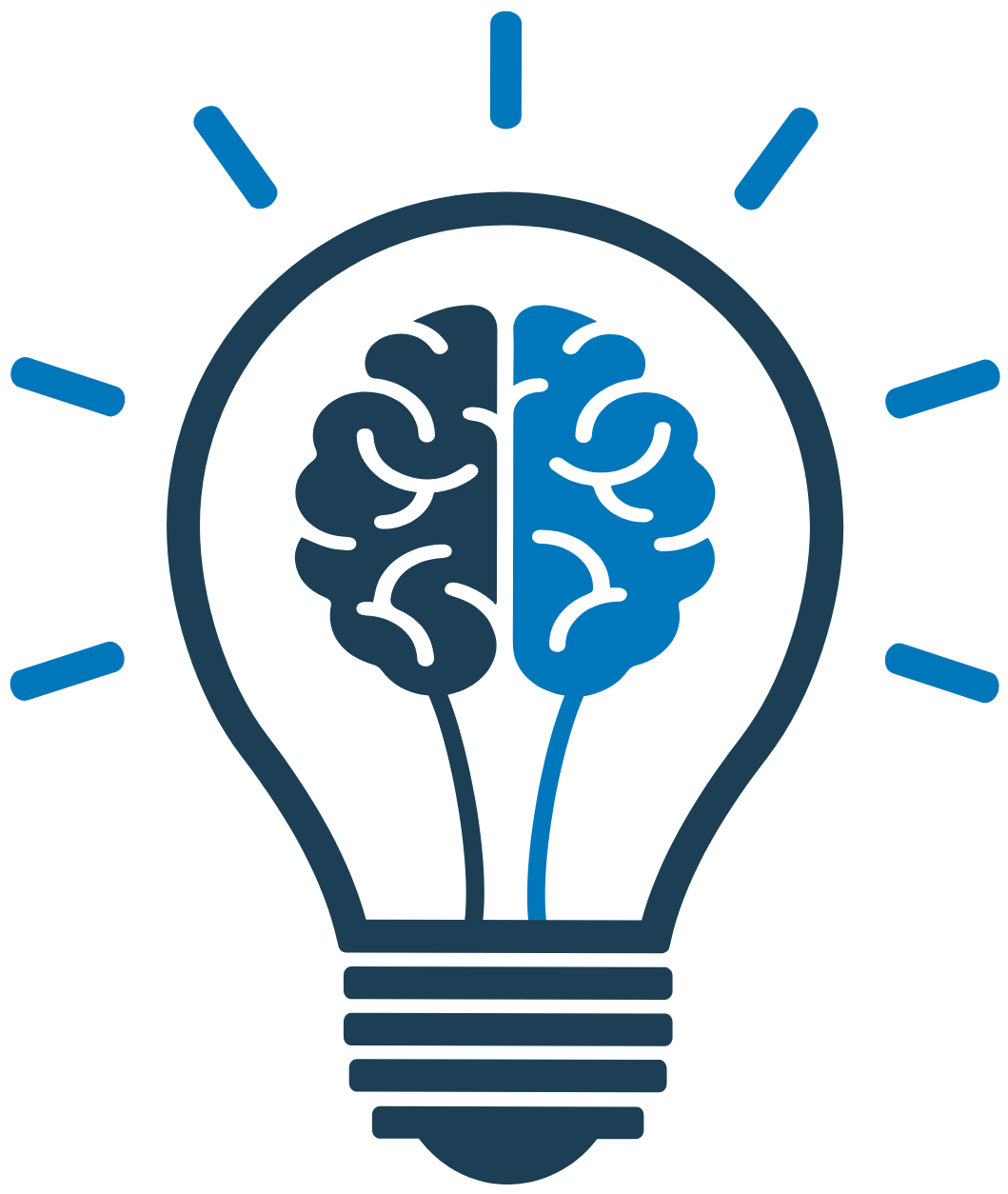
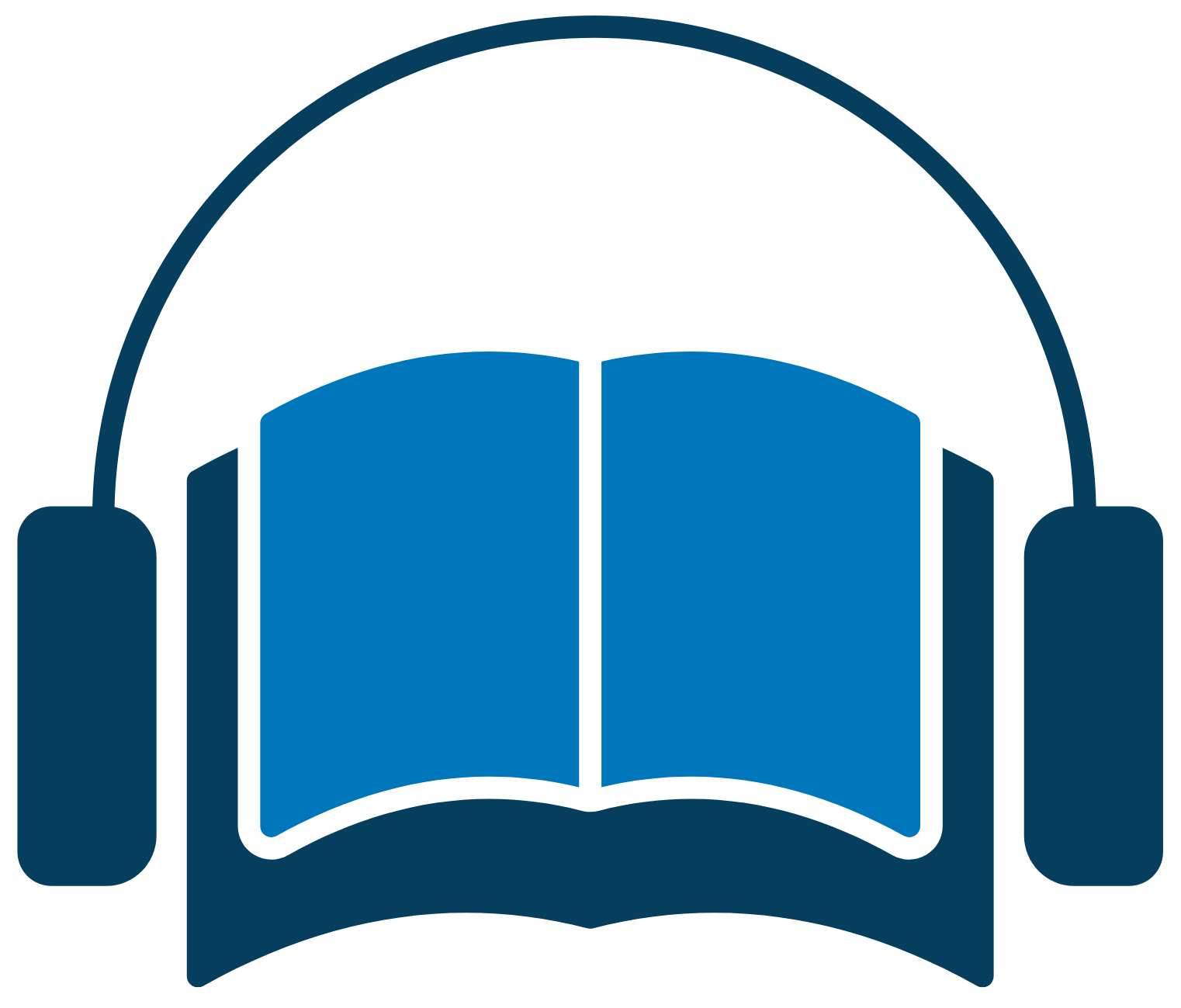
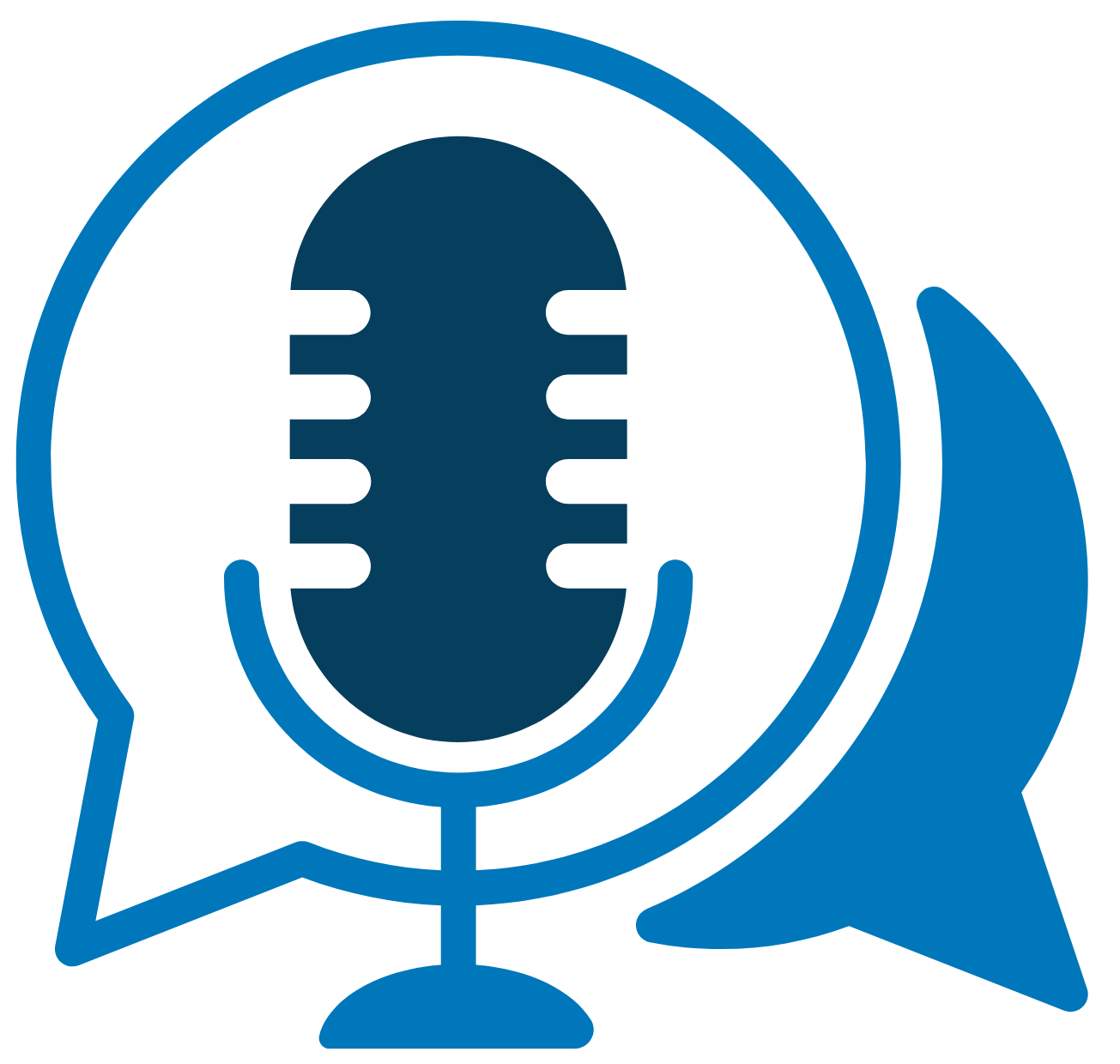
Version 3.0
By David W. Ball, Rhonda J. Scott, and John W. Hill
Included Supplements
Key Features
- Minimizes student math anxiety and increases learners’ comprehension by:
- Employing a clear and consistent problem-solving style for mathematical problems.
- Emphasizing units of quantities and how they work out in algebraic treatments.
- Over 60 embedded hyperlinks to videos and webpages enrich hybrid and online courses, engage students, and reinforce or augment many of the presented topics
- Supportive learning structure includes:
- “Opening Essay” at the start of each chapter introduces students to the big picture significance of the chapter’s content
- “Learning Objectives” at the start of each main section preview the material to come and prepare students to learn
- “Notes” sprinkled throughout the chapter include brief, but relevant information about a key topic
- “Example” provides worked-out models for solving problems
- “Skill-Building Exercises” follow each example problem to help students immediately practice the skill they have learned while it is still fresh in their memories
- “Concept-Review Exercises” with answers, focus on key ideas from the preceding section
- “To Your Health” describes how key topics relate directly to health issues
- “Looking Closer” expands on topics that are both relevant and appealing to learners
- “Career Focus” presents a health-care occupation to provide students with exposure to various health-care career paths
- “Key Takeaway” at the end of each main section reflects the corresponding Learning Objectives and summarizes key ideas in bullet-point fashion. “Key Takeaway” enables the learner to pause and consolidate the information just read into a "chunk." This process enables the reader to better understand and retain the section’s content and its key concepts
- “Exercises” at the end of main section prepare students to engage with additional, broad-based exercises at the end of each chapter
- End-of-Chapter Material
- “Chapter Summary” highlights key concepts covered in the preceding chapter
- “Additional Exercises” provide multiple opportunities for additional practice and concept reinforcement
- All supplements are written by the authors to ensure an excellent match with the book’s content. The instructor’s solutions manual includes fully worked-out solutions to all Exercises.
- Customizable
Students
- Online Access Price
- $36.95
- Color Printed Textbook with Online Access Price
- $63.95
The Basics of General, Organic, and Biological Chemistry is suitable for one-term courses called Introduction to General, Organic, and Biological Chemistry (or Biochemistry), Introduction to GOB, Chemistry for Allied Health, Chemistry for Nurses, or similar titles taught in departments of chemistry, allied health, or nursing. This course generally enrolls nursing, occupational therapy, physical therapy, and other allied health majors. It can be offered at the undergraduate level in both two- and four-year colleges and universities.
The Basics of General, Organic, and Biological Chemistry is written for the one-term general, organic, and biological chemistry course. An expanded version is available for courses taught over two terms. This version is a concise introduction, originally written by specialists in each area that comprises the content. This book pays close attention to addressing math anxiety, accessible writing, and useful pedagogical features, making it an ideal introduction to core chemistry concepts in health and the life sciences.
New in This Version
- Condensed to 15 chapters, two chapters fewer than the previous version
- Cleaner, improved graphics, particularly in Chapters 10–15
- Many illustrations and photos have been updated with more recent examples.
- Added over 60 embedded hyperlinks to streaming videos to provide enrich examples and illustrate problem-solving strategies for exercises
- New exercises in every chapter
- Additional Examples and Skill-Building Exercises in Chapter 10 (“Organic Chemistry Basics”) provide more practice in naming organic compounds and drawing structures
- Updated biological chemistry content to include material relevant to the recent COVID-19 pandemic
- New information about SARS-CoV-2 and mRNA vaccines (Chapter 14 “Nucleic Acids”)
- About the Authors
- Acknowledgments
- Preface
-
Chapter 1: Elements, Atoms, and the Periodic Table
-
Chapter 2: Ionic Bonding and Simple Ionic Compounds
-
Chapter 3: Covalent Bonding and Simple Molecular Compounds
-
Chapter 4: Introduction to Chemical Reactions
-
Chapter 5: Quantities in Chemical Reactions
-
Chapter 6: Energy and Chemical Processes
-
Chapter 7: Solids, Liquids, and Gases
-
Chapter 8: Solutions
-
Chapter 9: Acids and Bases
-
Chapter 10: Organic Chemistry Basics
-
Chapter 11: Carbohydrates
-
Chapter 12: Lipids
-
Chapter 13: Amino Acids, Proteins, and Enzymes
-
Chapter 14: Nucleic Acids
-
Chapter 15: Energy Metabolism
-
Appendix A: Chemistry, Matter, and Measurement: A Review of The Basics
-
Appendix B: Periodic Table of the Elements

FlatWorld Homework
FlatWorld Homework includes multi-format questions written specifically for your FlatWorld book, which you can access through our stand-alone interface or integrate with your learning management system.

Instructor’s Manual
The Instructor’s Manual guides you through the main concepts of each chapter and important elements such as learning objectives, key terms, and key takeaways. Can include answers to chapter exercises, group activity suggestions, and discussion questions.

PowerPoint Lecture Notes
A PowerPoint presentation highlighting key learning objectives and the main concepts for each chapter are available for you to use in your classroom. You can either cut and paste sections or use the presentation as a whole.

Test Generator - powered by Cognero
FlatWorld has partnered with Cognero, a leading online assessment system, that allows you to create printable tests from FlatWorld provided content.

Test Bank Files for Import to Learning Management Systems
For your convenience, we've packaged our test items for easy import into Learning Management Systems like Blackboard, Brightspace/D2L, Canvas, Moodle, or Respondus.
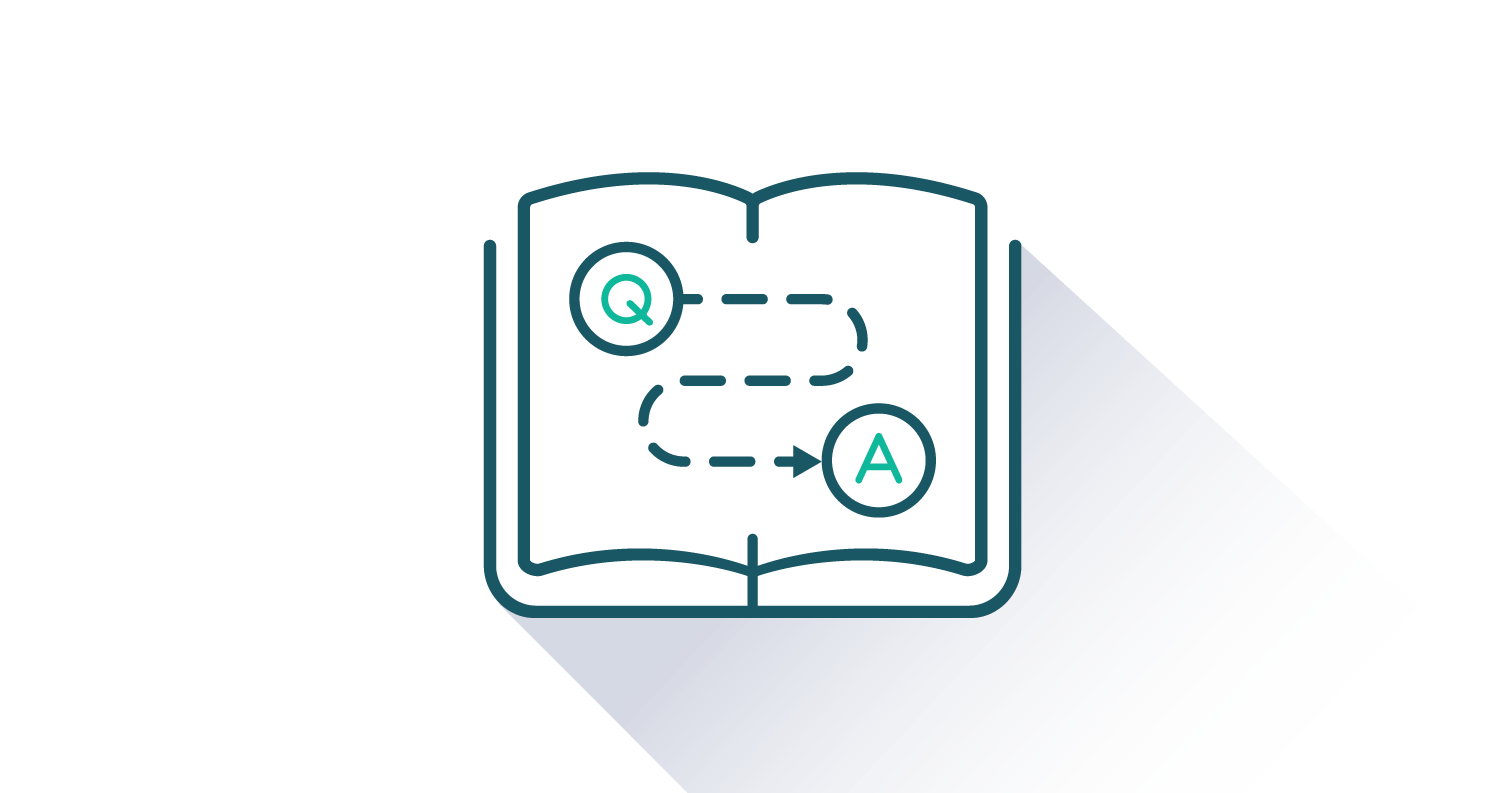
Solutions Manual
For exercises that need a little more explanation, our Solutions Manual will take you step by step through solving the problem and offer explanations on the answer.

Test Item File
Need assistance in supplementing your quizzes and tests? Our test-item files (in Word format) contain many multiple-choice, fill-in-the-blank, and short-answer questions.
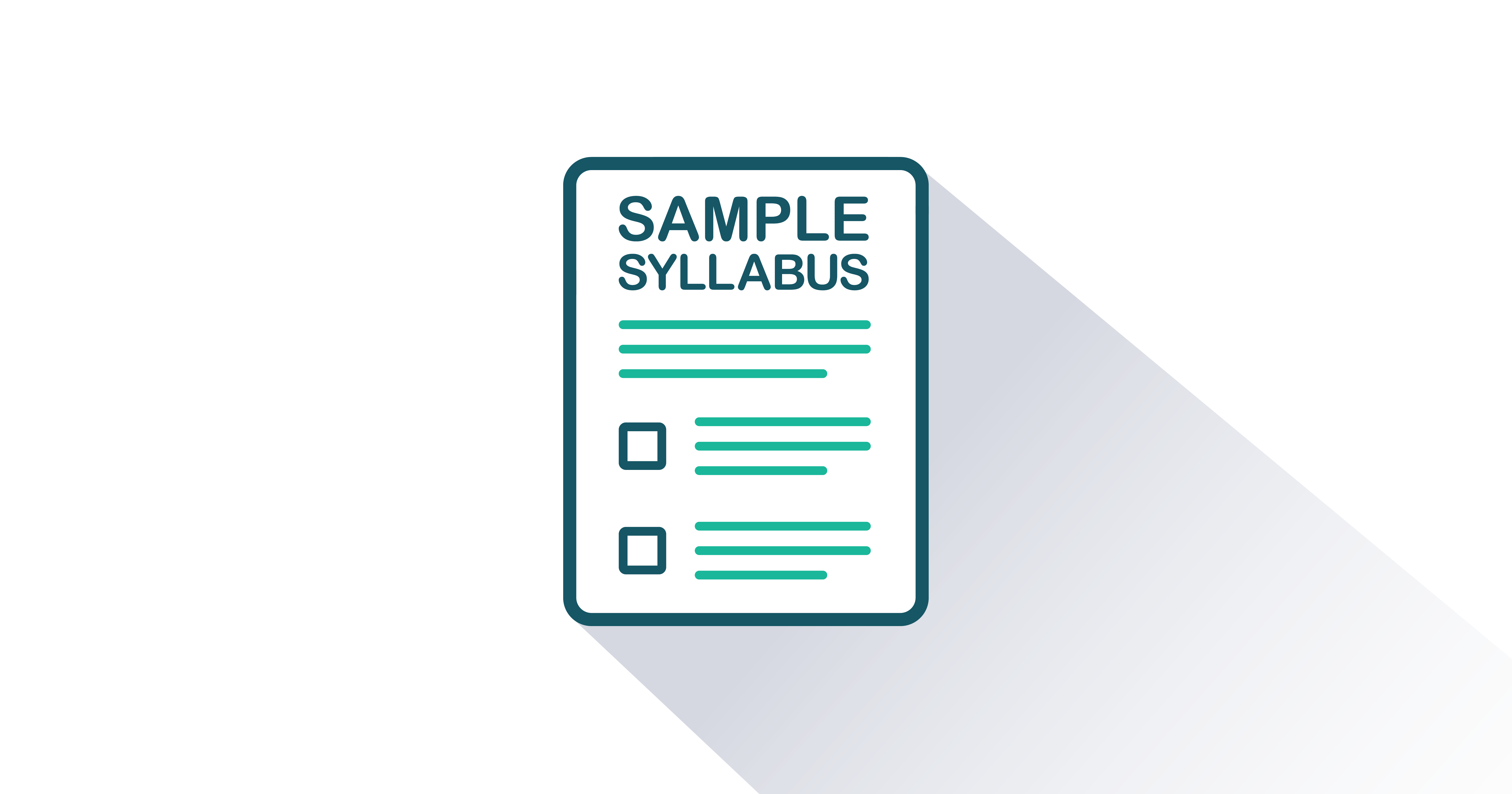
Sample Syllabi
Sample syllabi provide useful templates to help new faculty adopters revise their teaching plans to match their assigned FlatWorld textbook or lend insights to existing adopters on how to organize their classes.
DownloadAt FlatWorld, we take pride in providing a range of high-quality supplements alongside our titles, to help instructors teach effectively. Supplements are available for instructors who have registered their adoption with us. If you need to review or preview something specific, please contact us.
Already registered? Sign in here.
Additions & Errata
12/19/25:
Section 6.1: In the third bullet in the key takeaways, added “and calories” to the end of the sentence.
Section 8.5: Additional Exercises question #2—added the following equation to the question: HCl(aq) + Na2CO3(aq) → H2O(l) + CO2(g) + NaCl(aq)
Section 9.6: Additional Exercises question #8—fixed chemical reaction equation to NF3 + BF3 → F3NBF3
Section 10.6: Skill-Building exercise 10.3 question #1a, fixed name of structure from “cyclohetane” to “cycloheptane”.
Section 10.8: Fixed structure name in text from “5-methylhe-2-ene” to “5-methylhex-2-ene”.
Section 10.10: Fixed structure names above the structural formulas from “Cis-2-butene” and “Trans-2-butene” to "”Cis-but-2-ene” and “Trans-but-2-ene”.
Section 11.1:
- Fixed alcohol name labels in the informal figures of the primary, secondary, and tertiary alcohols from "1-butanol" to "butan-1-ol”; "2-butanol" to "butan-2-ol"; and "2-methyl-2-propanol" to "2-methylpropan-2-ol".
- Fixed alcohol names in Example 11.1: Classifying and Naming Alcohols: in solution #1, changed "3-pentanol" to "pentan-3-ol" and "2-methyl-3-pentanol" to "2-methylpentan-3-ol"; in solution #2, changed "1-proponal" to "propan-1-ol" and "2-methyl-1-propanol" to "2-methylpropan-1-ol".
Section 11.6: Exercises, question #1b, changed “malt sugar” to “table sugar”.
Section 11.8: Additional Exercises question #16—noted in the question that the structure shown is that of D-xylose.
Section 14.7: Additional Exercise question #6—fixed the number at the end of the template strand from 3’-TACTGCCAAATGATTCGG-3’ to 3’-TACTGCCAAATGATTCGG-5’.
Section 15.2: Concept-Review Exercise answer #1b, updated answer to “Both enzymes catalyze the hydrolysis of disaccharides. Sucrase catalyzes the hydrolysis of sucrose to D-fructose and D-glucose, while maltase catalyzes the hydrolysis of maltose to two molecules of D-glucose.”
Section 15.6: Concept-Review Exercise, answer #2—fixed structure; changed from “CH3CH2CH2CH2CH2COOH” to “CH3CH2CH2CH2CH2CH2CH2CH2CH2CH2CH2COOH”.
